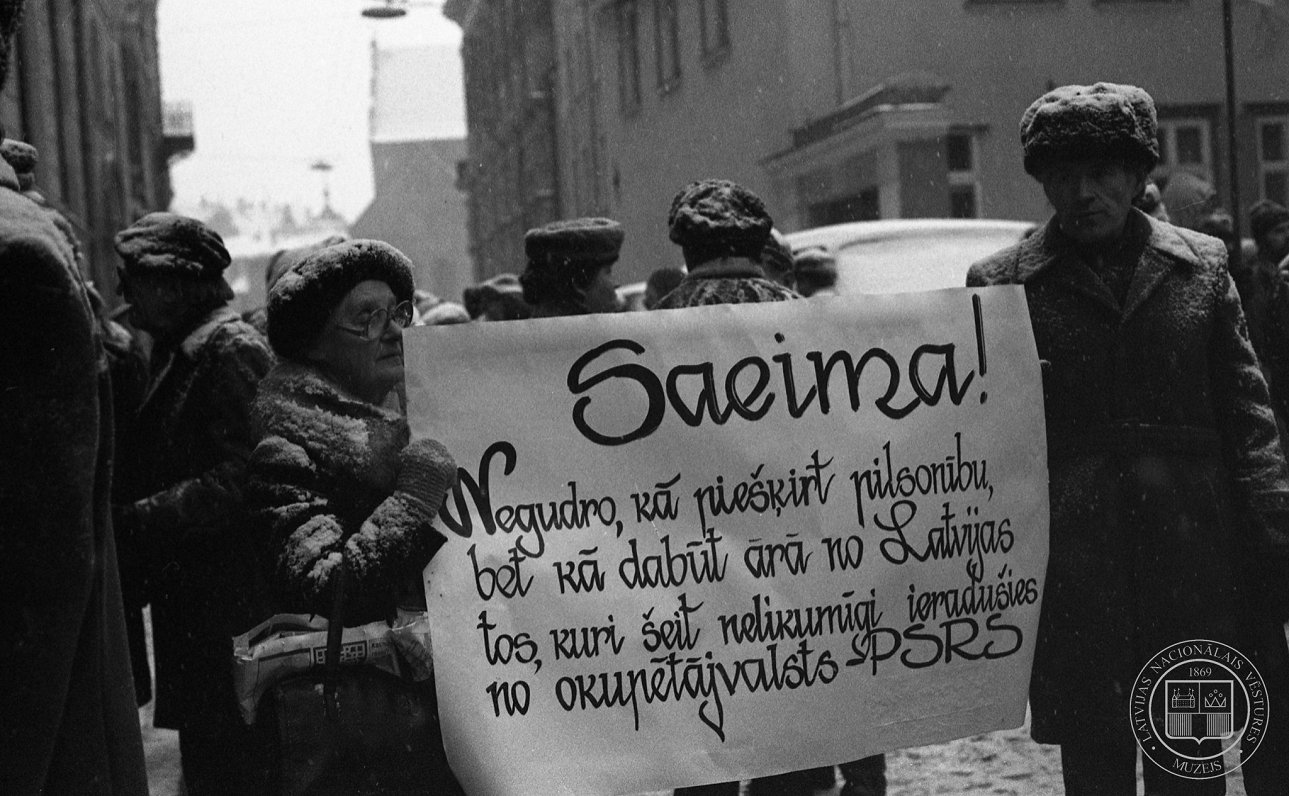Latvia's first freely elected parliament met 100 years ago. Independence was restored 30 years ago. Cīrulis, a historian at the Latvian National History Museum spoke to Latvian Radio about forms of expressing discontent in democracy, namely, demonstrations, meetings, strikes, and protests.
"Protests are like litmus paper tests for democracy: they reveal how free the system is and whether it respects the citizen rights to express their views," said Cīrulis.
The Latvian history has only seen a free culture of protest in times of democracy: between the two World Wars and nowadays. Latvia's independence declaration in 1918 drastically changed the perception of protests. During the Tsarist autocracy, a public protest meant an unlawful uprising, a rebellion or strike, whereas founding the new state allowed freedom of expression and assembly, including the right to protest," said Cīrulis.
Protests during the interwar period mostly took the form of a strike, and they were carried out in nearly all sectors: wood industry, printing, clothing industry, metalworking. The statistics are impressive: 200 strikes were recorded in 1923, and some years saw 80% of all industrial workers going on strike.
Employers generally made full or partial concessions to the strikers' demands, and only one in 5 strikes would fail.
With the authoritarian regime starting in 1934, the voices of legal protests fell silent for more than half a century, until an unprecedented wave of political protests accompanying the restoration of Latvia's independence between 1987 and 1991.
Since 1990, the physical involvement of the population in protests has significantly decreased. If 80% of the population had participated in a demonstration or picket during the restoration period, by the beginning of the 2000s the figure had dropped to 13%.
The list of motives and forms of protest, however, has expanded. Since 1993, social groups - pensioners, farmers, teachers, medics, sexual minorities, environmental activists - have spoken out regularly.



























